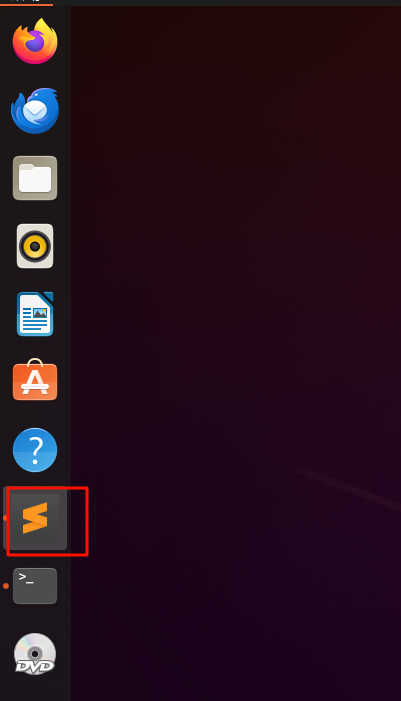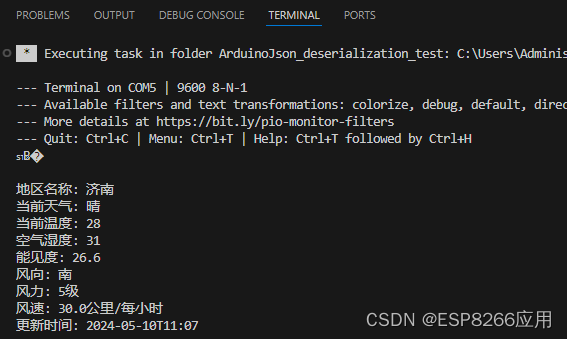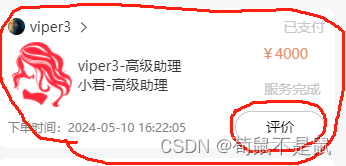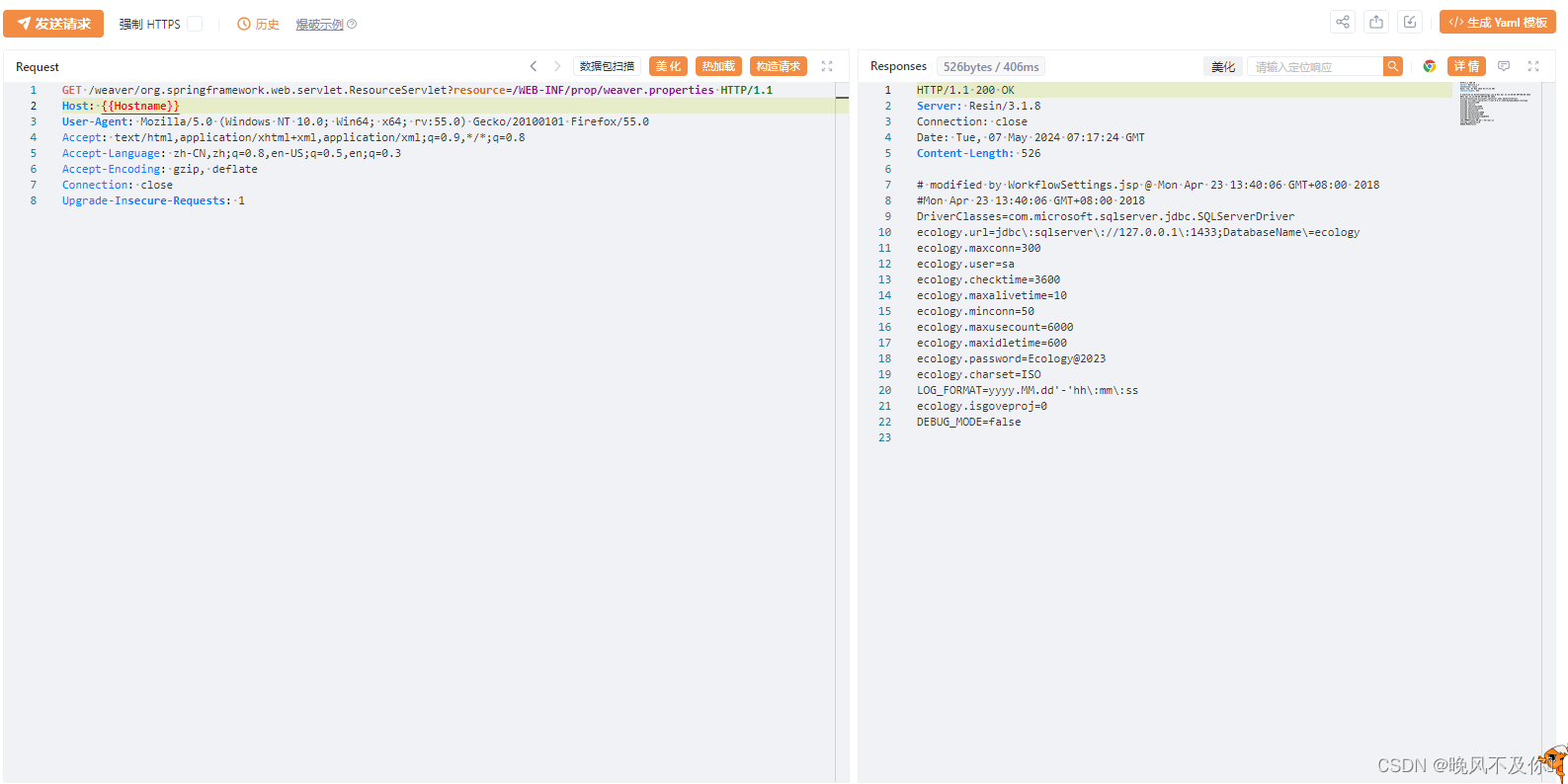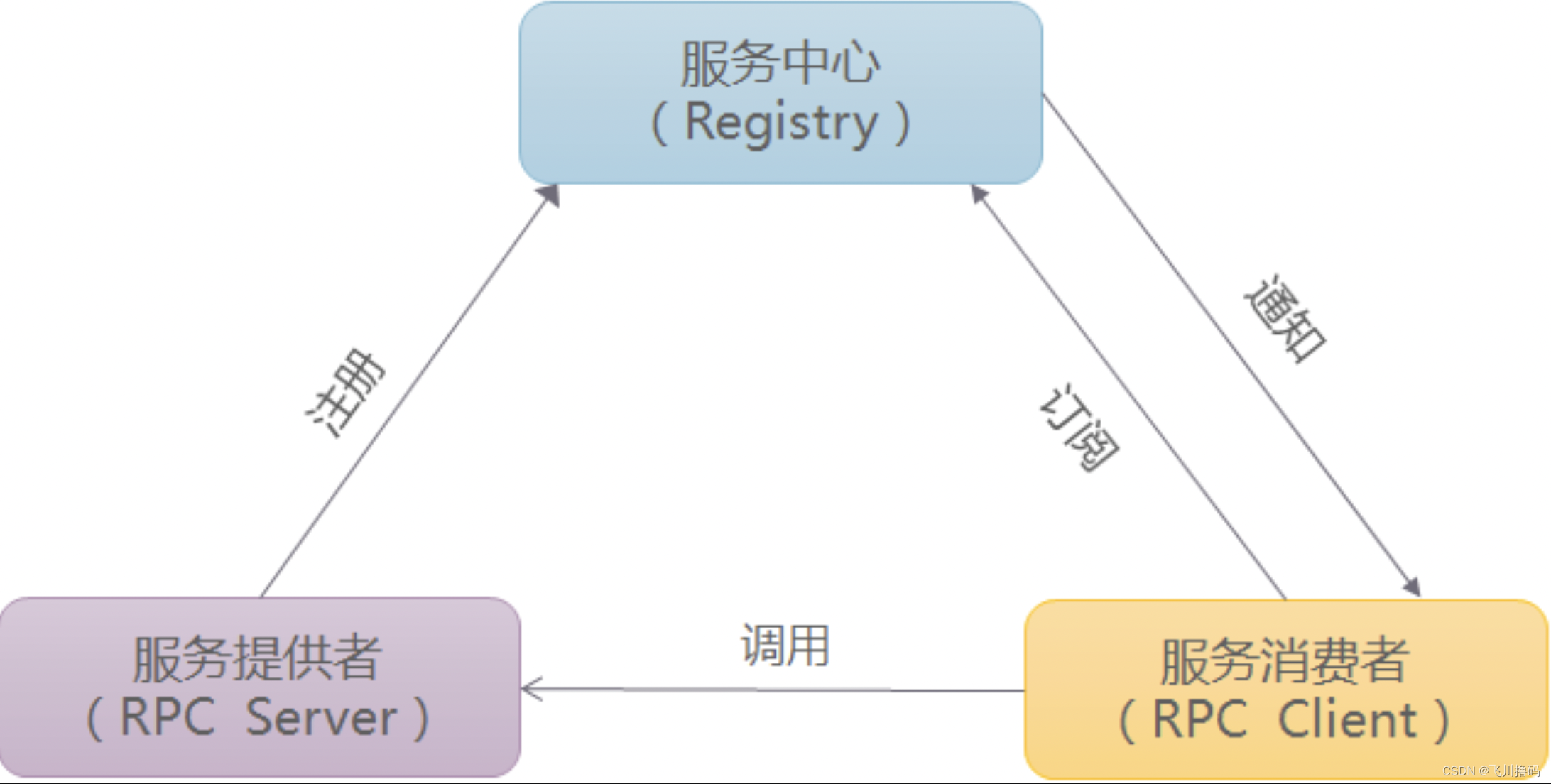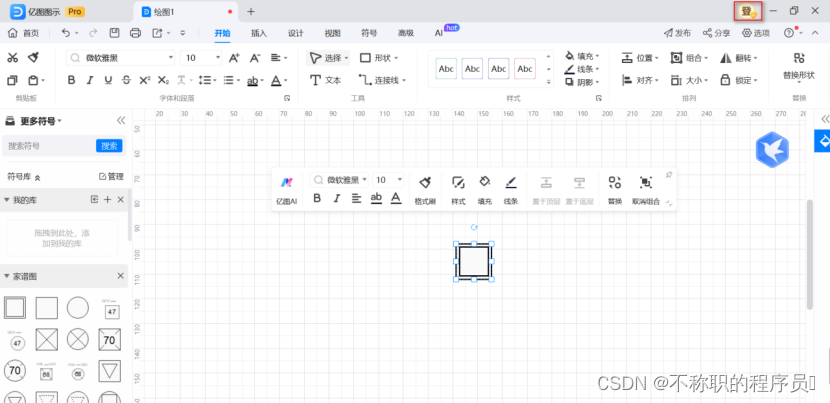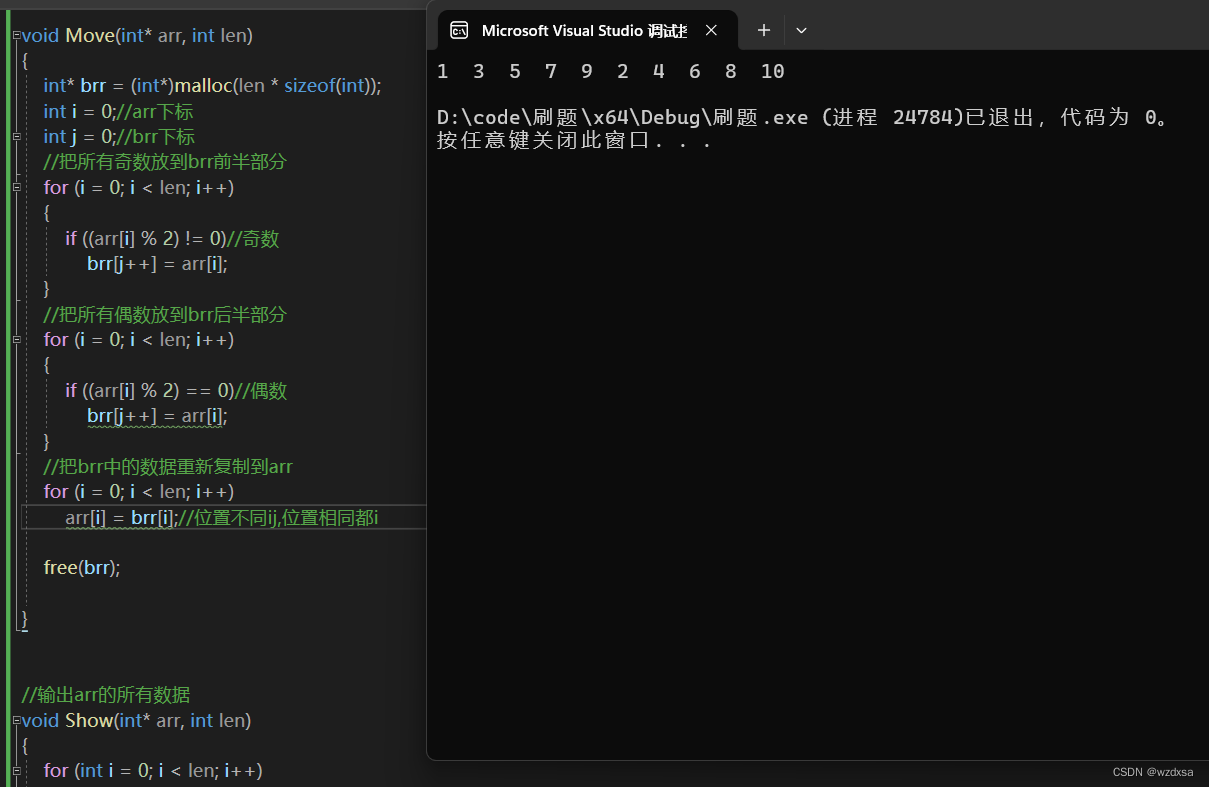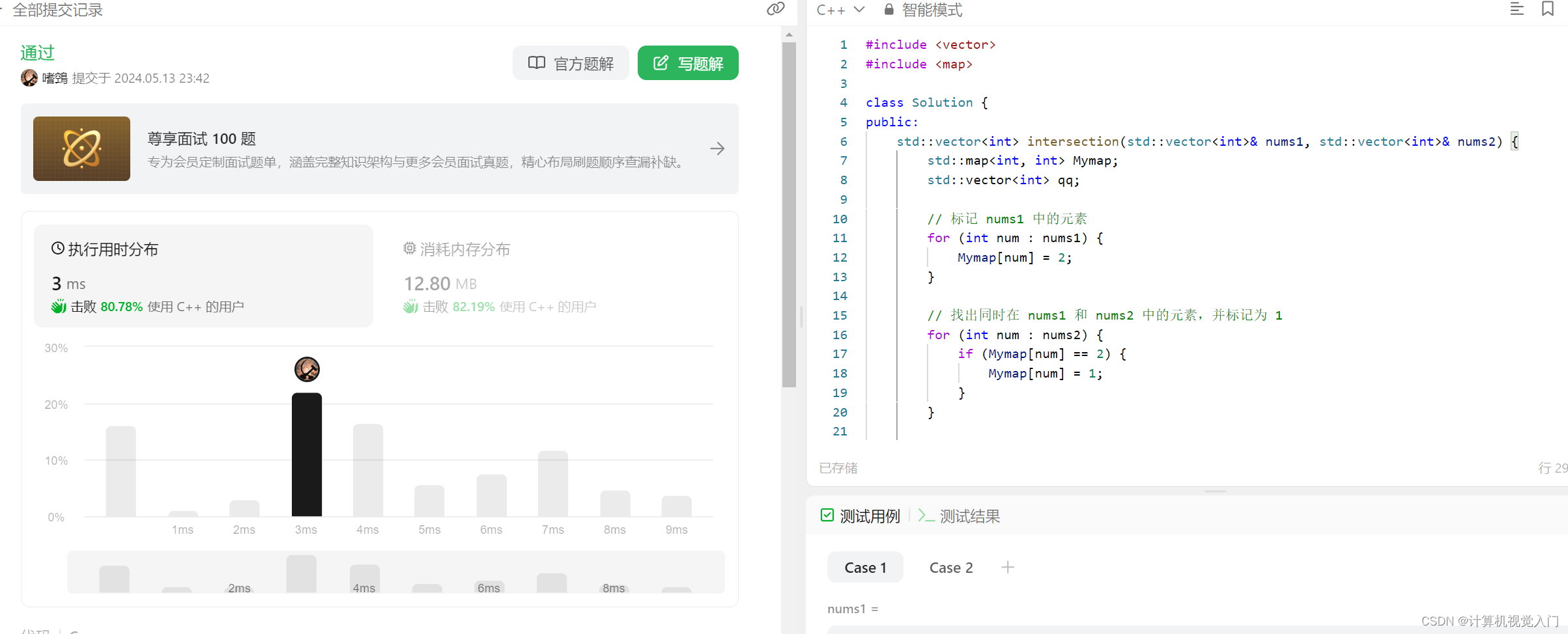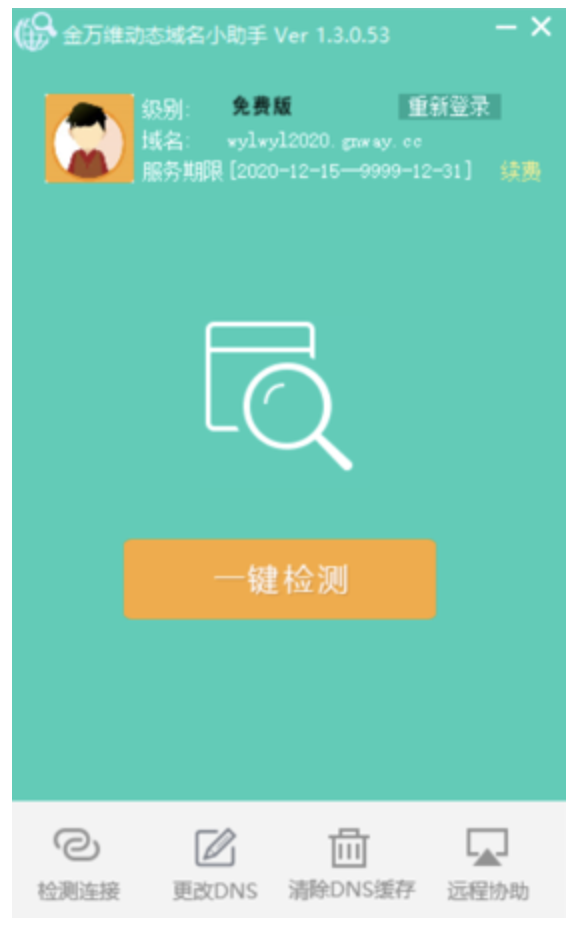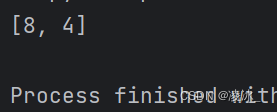目录
1.实验一:入门案例
2.实验二:获取bean
3.实验三:依赖注入之setter注入
4.实验四:依赖注入之构造器注入
5.实验五:特殊值处理
6.实验六:为类类型属性赋值
7.实验七:为数组类型属性赋值
8.实验八:为集合类型属性赋值
9.实验九:p命名空间
10.实验十:引入外部属性文件(以jdbc为例)
11.实验十一:bean的作用域
12.实验十二:bean的生命周期
13.实验十三:FactoryBean
14.实验十四:基于xml的自动装配
1.实验一:入门案例
①创建Maven Module

②引入依赖
<?xml version="1.0" encoding="UTF-8"?>
<project xmlns="http://maven.apache.org/POM/4.0.0"
xmlns:xsi="http://www.w3.org/2001/XMLSchema-instance"
xsi:schemaLocation="http://maven.apache.org/POM/4.0.0 http://maven.apache.org/xsd/maven-4.0.0.xsd">
<modelVersion>4.0.0</modelVersion>
<groupId>org.example</groupId>
<artifactId>spring01</artifactId>
<version>1.0-SNAPSHOT</version>
<packaging>jar</packaging>
<dependencies>
<!-- 基于Maven依赖传递性,导入spring-context依赖即可导入当前所需所有jar包 -->
<dependency>
<groupId>org.springframework</groupId>
<artifactId>spring-context</artifactId>
<version>5.3.1</version>
</dependency>
<!-- junit测试 -->
<dependency>
<groupId>junit</groupId>
<artifactId>junit</artifactId>
<version>4.12</version>
<scope>test</scope>
</dependency>
</dependencies>
</project>③创建类

public class HeloWorld {
public void sayHello(){
System.out.println("test spring~~~");
}
}④创建Spring的配置文件
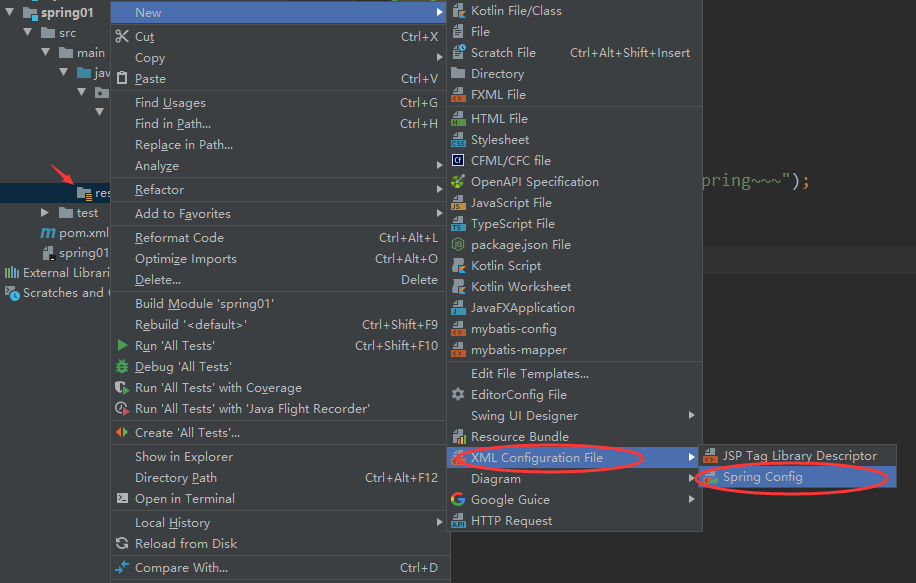
⑤在Spring的配置文件中配置bean
<!--
配置HelloWorld所对应的bean,即将HelloWorld的对象交给Spring的IOC容器管理
通过bean标签配置IOC容器所管理的bean
属性:
id:设置bean的唯一标识
class:设置bean所对应类型的全类名
-->
<bean id="helloworld" class="com.ykx.spring.pojo.HelloWorld"></bean>⑥创建测试类对象
@Test
public void test(){
//获取IOC容器
ApplicationContext ioc = new ClassPathXmlApplicationContext("applicationContext.xml");
HelloWorld helloWorld = (HelloWorld) ioc.getBean("helloworld");
helloWorld.sayHello();
}⑦思路

⑧注意

2.实验二:获取bean
①方式一:根据id获取

@Test
public void test(){
//获取IOC容器
ApplicationContext ioc = new ClassPathXmlApplicationContext("spring-ioc.xml");
//获取Bean
Student studentOne = (Student) ioc.getBean("studentOne");
System.out.println(studentOne);
}②方式二:根据类型获取
@Test
public void test2(){
//获取IOC容器
ApplicationContext ioc = new ClassPathXmlApplicationContext("spring-ioc.xml");
//获取Bean
Student student = ioc.getBean(Student.class);
System.out.println(student);
}③方式三:根据id和类型
@Test
public void test3(){
//获取IOC容器
ApplicationContext ioc = new ClassPathXmlApplicationContext("spring-ioc.xml");
//获取Bean
Student student = ioc.getBean("studentOne",Student.class);
System.out.println(student);
}④注意

⑤扩展

⑥结论

3.实验三:依赖注入之setter注入
①创建Student类
public class Student {
private Integer sid;
private String sname;
private Integer age;
private String gender;
public Student() {
}
public Student(Integer sid, String sname, Integer age, String gender) {
this.sid = sid;
this.sname = sname;
this.age = age;
this.gender = gender;
}
public Integer getSid() {
return sid;
}
public void setSid(Integer sid) {
this.sid = sid;
}
public String getSname() {
return sname;
}
public void setSname(String sname) {
this.sname = sname;
}
public Integer getAge() {
return age;
}
public void setAge(Integer age) {
this.age = age;
}
public String getGender() {
return gender;
}
public void setGender(String gender) {
this.gender = gender;
}
@Override
public String toString() {
return "Student{" +
"sid=" + sid +
", sname='" + sname + '\'' +
", age=" + age +
", gender='" + gender + '\'' +
'}';
}
}②配置bean时为属性赋值
<bean id="studentTwo" class="com.ykx.spring.pojo.Student">
<!-- property标签:通过组件类的setXxx()方法给组件对象设置属性 -->
<!-- name属性:指定属性名(这个属性名是getXxx()、setXxx()方法定义的,和成员变量无关)
-->
<!-- value属性:指定属性值 -->
<property name="sid" value="1001"></property>
<property name="sname" value="张三"></property>
<property name="age" value="23"></property>
<property name="gender" value="男"></property>
</bean>③测试
@Test
public void test(){
//获取IOC容器
ApplicationContext ioc = new ClassPathXmlApplicationContext("spring-ioc.xml");
//获取Bean
Student student = ioc.getBean("studentTwo",Student.class);
System.out.println(student);
}4.实验四:依赖注入之构造器注入
①在Student类中添加有参构造
public Student() {
}
public Student(Integer sid, String sname, Integer age, String gender) {
this.sid = sid;
this.sname = sname;
this.age = age;
this.gender = gender;
}②配置bean
<bean id="studentThree" class="com.ykx.spring.pojo.Student">
<constructor-arg value="1002"></constructor-arg>
<constructor-arg value="李四"></constructor-arg>
<constructor-arg value="33"></constructor-arg>
<constructor-arg value="女"></constructor-arg>
</bean>
③测试
@Test
public void test5(){
//获取IOC容器
ApplicationContext ioc = new ClassPathXmlApplicationContext("spring-ioc.xml");
//获取Bean
Student student = ioc.getBean("studentThree",Student.class);
System.out.println(student);
}5.实验五:特殊值处理
①字面量赋值
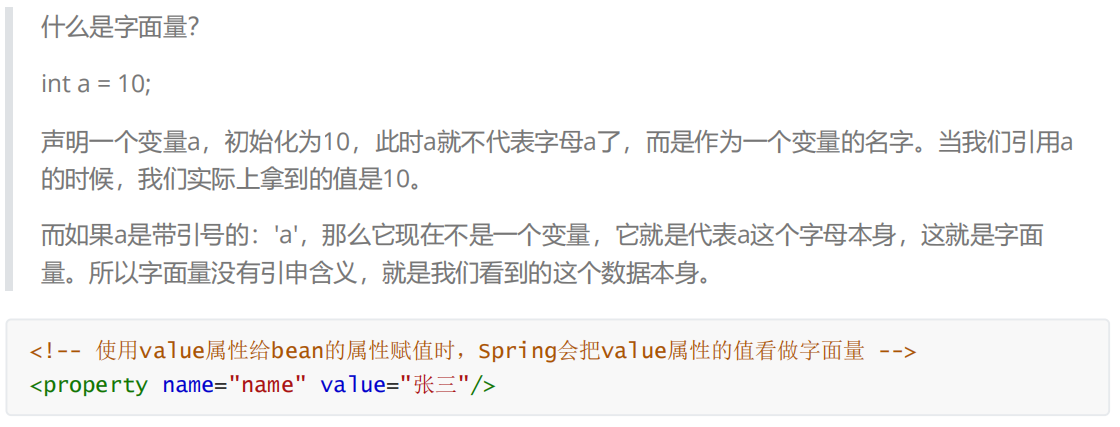
②null值
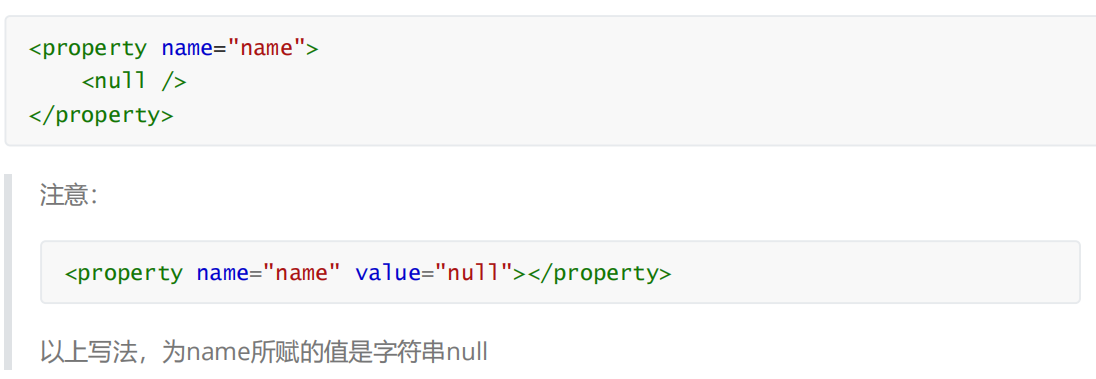
③xml实体

④CDATA节

6.实验六:为类类型属性赋值
①创建班级类Clazz
public class Clazz {
private Integer clazzId;
private String clazzName;
public Clazz() {
}
public Clazz(Integer clazzId, String clazzName) {
this.clazzId = clazzId;
this.clazzName = clazzName;
}
public Integer getClazzId() {
return clazzId;
}
public void setClazzId(Integer clazzId) {
this.clazzId = clazzId;
}
public String getClazzName() {
return clazzName;
}
public void setClazzName(String clazzName) {
this.clazzName = clazzName;
}
@Override
public String toString() {
return "Clazz{" +
"clazzId=" + clazzId +
", clazzName='" + clazzName + '\'' +
'}';
}
}②修改Student类
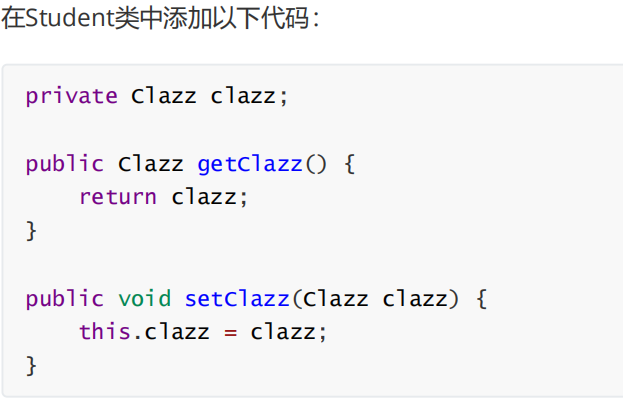
③方式一:引用外部已声明的bean
<bean id="clazzOne" class="com.ykx.spring.pojo.Clazz">
<property name="clazzId" value="1111"></property>
<property name="clazzName" value="财源滚滚班"></property>
</bean>
<bean id="studentFive" class="com.ykx.spring.pojo.Student">
<property name="sid" value="1004"></property>
<property name="sname" value="赵六"></property>
<property name="age" value="26"></property>
<property name="gender" value="女"></property>
<!-- ref属性:引用IOC容器中某个bean的id,将所对应的bean为属性赋值 -->
<property name="clazz" ref="clazzOne"></property>
</bean>测试
@Test
public void test6(){
//获取IOC容器
ApplicationContext ioc = new ClassPathXmlApplicationContext("spring-ioc.xml");
//获取Bean
Student student = ioc.getBean("studentFive",Student.class);
System.out.println(student);
}④方式二:内部bean
<bean id="studentSix" class="com.ykx.spring.pojo.Student">
<property name="sid" value="1004"></property>
<property name="sname" value="赵六"></property>
<property name="age" value="26"></property>
<property name="gender" value="女"></property>
<property name="clazz">
<!-- 在一个bean中再声明一个bean就是内部bean -->
<!-- 内部bean只能用于给属性赋值,不能在外部通过IOC容器获取,因此可以省略id属性 -->
<bean id="clazzInner" class="com.ykx.spring.pojo.Clazz">
<property name="clazzId" value="2222"></property>
<property name="clazzName" value="远大前程班"></property>
</bean>
</property>
</bean>⑤方式三:级联属性赋值
<bean id="studentSeven" class="com.ykx.spring.pojo.Student">
<property name="sid" value="1004"></property>
<property name="sname" value="赵六"></property>
<property name="age" value="26"></property>
<property name="gender" value="女"></property>
<!-- 一定先引用某个bean为属性赋值,才可以使用级联方式更新属性 -->
<property name="clazz" ref="clazzOne"></property>
<property name="clazz.clazzId" value="3333"></property>
<property name="clazz.clazzName" value="最强王者班"></property>
</bean>7.实验七:为数组类型属性赋值
①修改Student类
在Student类中添加以下代码:
private String[] hobbies;
public String[] getHobbies() {
return hobbies;
}
public void setHobbies(String[] hobbies) {
this.hobbies = hobbies;
}②配置bean
<bean id="studentFour" class="com.ykx.spring.pojo.Student">
<property name="sid" value="1004"></property>
<property name="sname" value="赵六"></property>
<property name="age" value="26"></property>
<property name="gender" value="女"></property>
<!-- ref属性:引用IOC容器中某个bean的id,将所对应的bean为属性赋值 -->
<property name="clazz" ref="clazzOne"></property>
<property name="hobbies">
<array>
<value>lol</value>
<value>cf</value>
<value>云顶之弈</value>
<value>金铲铲之战</value>
</array>
</property>
</bean>8.实验八:为集合类型属性赋值
①为List集合类型属性赋值
在Clazz类中添加以下代码:
private List<Student> students;
public List<Student> getStudents() {
return students;
}
public void setStudents(List<Student> students) {
this.students = students;
}配置bean:.
<bean id="clazzTwo" class="com.ykx.spring.pojo.Clazz">
<property name="clazzId" value="4444"></property>
<property name="clazzName" value="Javaee0222"></property>
<property name="students">
<list>
<ref bean="studentOne"></ref>
<ref bean="studentTwo"></ref>
</list>
</property>
</bean>测试结果:
@Test
public void test7(){
//获取IOC容器
ApplicationContext ioc = new ClassPathXmlApplicationContext("spring-ioc.xml");
//获取Bean
Clazz clazz = ioc.getBean("clazzTwo", Clazz.class);
System.out.println(clazz);
}②为Map集合类型属性赋值
创建教师类
public class Teacher {
private Integer teacherId;
private String teacherName;
public Teacher() {
}
public Teacher(Integer teacherId, String teacherName) {
this.teacherId = teacherId;
this.teacherName = teacherName;
}
public Integer getTeacherId() {
return teacherId;
}
public void setTeacherId(Integer teacherId) {
this.teacherId = teacherId;
}
public String getTeacherName() {
return teacherName;
}
public void setTeacherName(String teacherName) {
this.teacherName = teacherName;
}
@Override
public String toString() {
return "Teacher{" +
"teacherId=" + teacherId +
", teacherName='" + teacherName + '\'' +
'}';
}
}在Student类中添加以下代码:
private Map<String, Teacher> teacherMap;
public Map<String, Teacher> getTeacherMap() {
return teacherMap;
}
public void setTeacherMap(Map<String, Teacher> teacherMap) {
this.teacherMap = teacherMap;
}配置bean:
<bean id="teacherOne" class="com.ykx.spring.pojo.Teacher">
<property name="teacherId" value="10010"></property>
<property name="teacherName" value="大宝"></property>
</bean>
<bean id="teacherTwo" class="com.ykx.spring.pojo.Teacher">
<property name="teacherId" value="10086"></property>
<property name="teacherName" value="二宝"></property>
</bean>
<bean id="studentEight" class="com.ykx.spring.pojo.Student">
<property name="sid" value="1004"></property>
<property name="sname" value="赵六"></property>
<property name="age" value="26"></property>
<property name="gender" value="女"></property>
<!-- ref属性:引用IOC容器中某个bean的id,将所对应的bean为属性赋值 -->
<property name="clazz" ref="clazzOne"></property>
<property name="hobbies">
<array>
<value>lol</value>
<value>cf</value>
<value>云顶之弈</value>
</array>
</property>
<property name="teacherMap">
<map>
<entry>
<key>
<value>10010</value>
</key>
<ref bean="teacherOne"></ref>
</entry>
<entry>
<key>
<value>10086</value>
</key>
<ref bean="teacherTwo"></ref>
</entry>
</map>
</property>
</bean>③引用集合类型的bean
使用util:list、util:map标签必须引入相应的命名空间,可以通过idea的提示功能选择
<!--list集合类型的bean-->
<util:list id="students">
<ref bean="studentOne"></ref>
<ref bean="studentTwo"></ref>
<ref bean="studentThree"></ref>
</util:list>
<!--map集合类型的bean-->
<util:map id="teacherMap">
<entry>
<key>
<value>10010</value>
</key>
<ref bean="teacherOne"></ref>
</entry>
<entry>
<key>
<value>10086</value>
</key>
<ref bean="teacherTwo"></ref>
</entry>
</util:map>
<bean id="clazzTwo" class="com.atguigu.spring.bean.Clazz">
<property name="clazzId" value="4444"></property>
<property name="clazzName" value="Javaee0222"></property>
<property name="students" ref="students"></property>
</bean>
<bean id="studentFour" class="com.atguigu.spring.bean.Student">
<property name="id" value="1004"></property>
<property name="name" value="赵六"></property>
<property name="age" value="26"></property>
<property name="sex" value="女"></property>
<!-- ref属性:引用IOC容器中某个bean的id,将所对应的bean为属性赋值 -->
<property name="clazz" ref="clazzOne"></property>
<property name="hobbies">
<array>
<value>抽烟</value>
<value>喝酒</value>
<value>烫头</value>
</array>
</property>
<property name="teacherMap" ref="teacherMap"></property>
</bean>9.实验九:p命名空间

10.实验十:引入外部属性文件(以jdbc为例)
①加入依赖
<!-- MySQL驱动 -->
<dependency>
<groupId>mysql</groupId>
<artifactId>mysql-connector-java</artifactId>
<version>8.0.16</version>
</dependency>
<!-- 数据源 -->
<dependency>
<groupId>com.alibaba</groupId>
<artifactId>druid</artifactId>
<version>1.0.31</version>
</dependency>②创建外部属性文件
![]()
jdbc.user=root
jdbc.password=ykxykx
jdbc.url=jdbc:mysql://localhost:3306/ssm?serverTimezone=UTC
jdbc.driver=com.mysql.cj.jdbc.Driver③引入属性文件

④配置bean
<bean id="druidDataSource" class="com.alibaba.druid.pool.DruidDataSource">
<property name="url" value="${jdbc.url}"/>
<property name="driverClassName" value="${jdbc.driver}"/>
<property name="username" value="${jdbc.user}"/>
<property name="password" value="${jdbc.password}"/>
</bean>⑤测试
@Test
public void test() throws Exception {
//获取IOC容器
ApplicationContext ioc = new ClassPathXmlApplicationContext("spring-datasource.xml");
//获取Bean
DruidDataSource ds = ioc.getBean(DruidDataSource.class);
Connection connection = ds.getConnection();
System.out.println(connection);
}
11.实验十一:bean的作用域
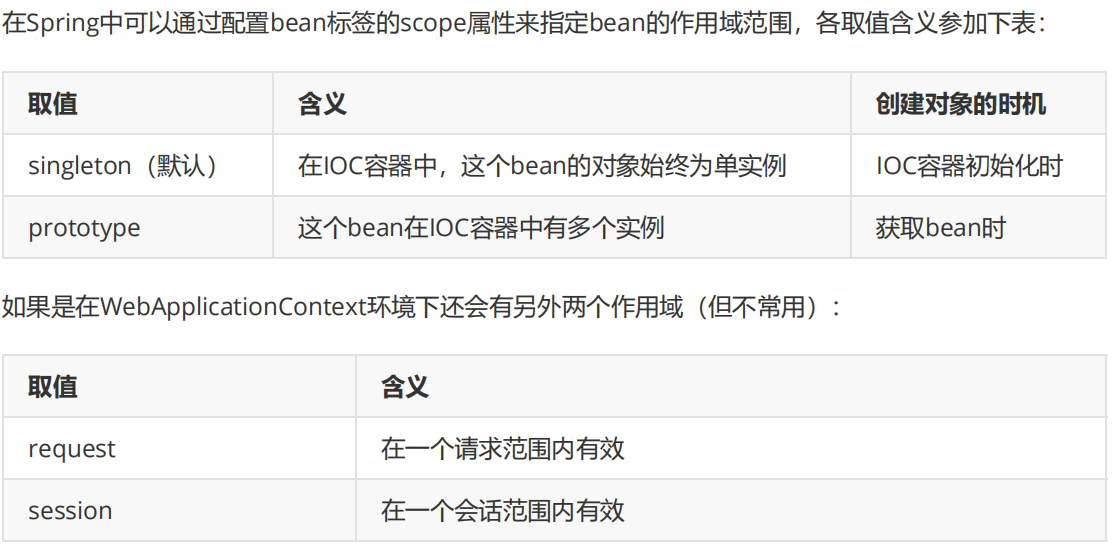
12.实验十二:bean的生命周期
①具体的生命周期过程
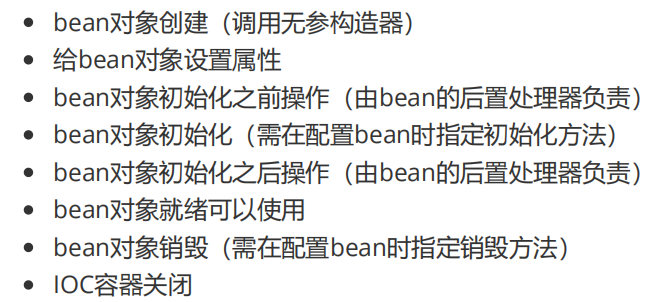

②bean的后置处理器


13.实验十三:FactoryBean
①简介

②创建类UserFactoryBean
public class UserFactoryBean implements FactoryBean<User> {
@Override
public User getObject() throws Exception {
return new User();
}
@Override
public Class<?> getObjectType() {
return User.class;
}
}
③配置bean
<bean id="user" class="com.ykx.spring.factory.UserFactoryBean"></bean>④测试
@Test
public void testUserFactoryBean(){
//获取IOC容器
ApplicationContext ac = new ClassPathXmlApplicationContext("spring-factory.xml");
User user = (User) ac.getBean("user");
System.out.println(user);
}14.实验十四:基于xml的自动装配

①场景模拟
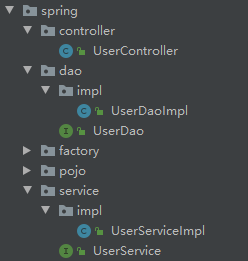
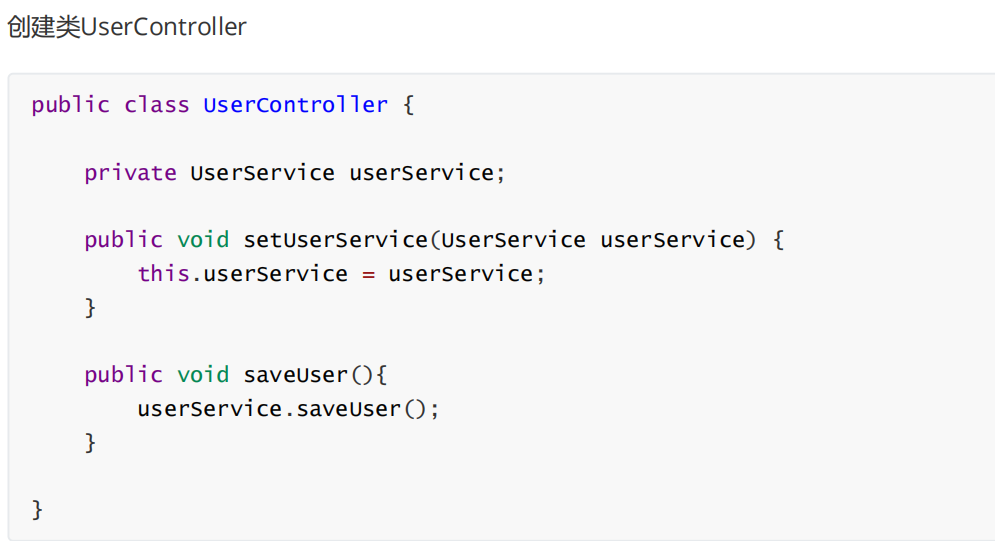
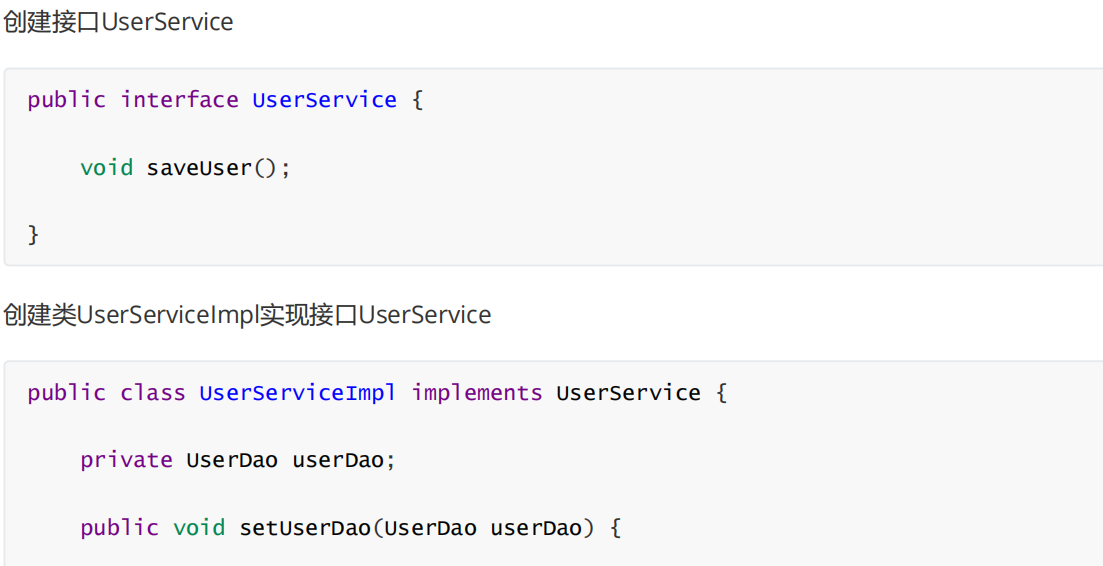
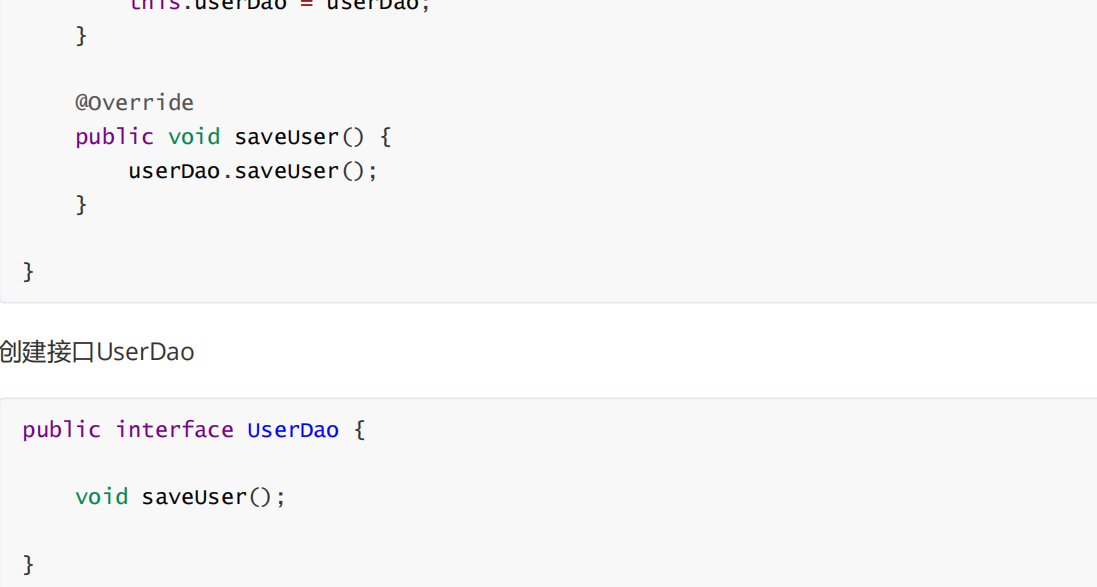

②配置bean
 byType
byType
<bean id="userController"
class="com.ykx.spring.controller.UserController" autowire="byType">
</bean>
<bean id="userService"
class="com.ykx.spring.service.impl.UserServiceImpl" autowire="byType">
</bean>
<bean id="userDao" class="com.ykx.spring.dao.impl.UserDaoImpl"></bean>
byName
<bean id="userController"
class="com.ykx.spring.controller.UserController" autowire="byName">
</bean>
<bean id="userService"
class="com.ykx.spring.service.impl.UserServiceImpl" autowire="byName">
</bean>
<bean id="userServiceImpl"
class="com.ykx.spring.service.impl.UserServiceImpl" autowire="byName">
</bean>
<bean id="userDao" class="com.ykx.spring.dao.impl.UserDaoImpl"></bean>
<bean id="userDaoImpl" class="com.ykx.spring.dao.impl.UserDaoImpl">
</bean>③测试
@Test
public void test(){
ApplicationContext ioc = new ClassPathXmlApplicationContext("spring-autowire.xml");
UserController userController = ioc.getBean(UserController.class);
userController.saveUser();
}
内容来源于黑马程序员SSM课程的笔记,仅作为学习笔记参考




